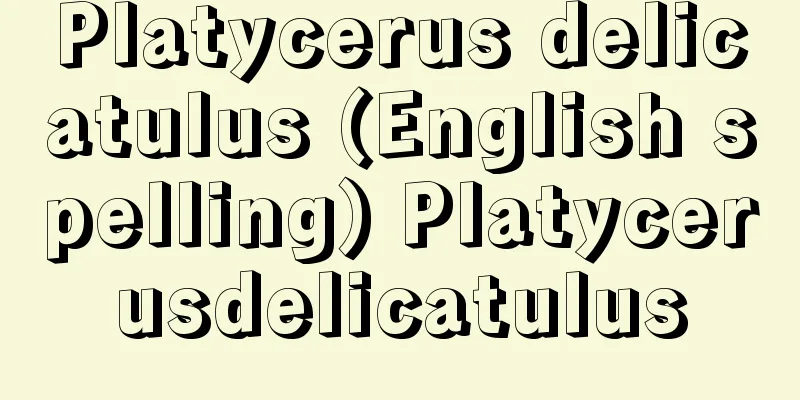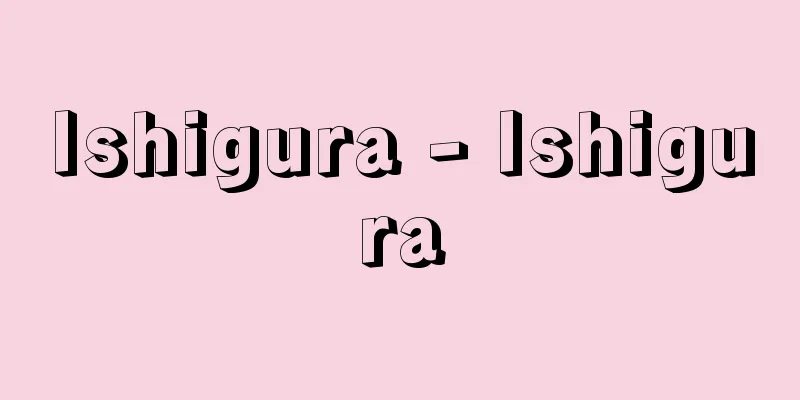Loan trust - Kashitake Shintaku

|
A type of jointly managed designated money trust that was institutionalized by the Loan Trust Law that was promulgated and put into effect on June 14, 1952. The structure of a loan trust is that a trust bank (trustee) issues beneficiary certificates to the person entrusting the money (trustor and beneficiary), jointly manages the entrusted money mainly through long-term loans or bill discounting, and distributes the profits obtained from these to the holders of the beneficiary certificates. The features that make it different from the conventional jointly managed designated money trust are: (1) the trust beneficiary rights are converted into beneficiary certificates and made liquid (the Securities and Exchange Law was amended to recognize them as securities; the Securities and Exchange Law was renamed the Financial Instruments and Exchange Law when the amendment came into force in 2007); (2) the contracts are standardized to make the process easier, such as the trust period being two or five years (it was originally one year), the trust amount being a multiple of 10,000 yen (it was originally 5,000 yen), and the application of trust terms approved by the Prime Minister; and (3) the management is limited to loans to loan subjects that comply with the objectives of the law or discounting of bills. In principle, the beneficiary certificates are in bearer form, which can be circulated as securities, but in reality, the vast majority of trustors wanted registered forms, so the trustee can purchase registered forms if more than one year has passed since their issuance, making it easier to convert them into cash. When the system was launched, it promised a high annual return of 9.5% for five years, and attracted attention as a favorable financial product with principal guarantee and liquidity. Loan trusts were part of the establishment of a long-term financial system after World War II, and played a role in absorbing long-term stable funds from the private sector and supplying long-term funds and capital investment funds to key industries necessary for postwar reconstruction. At the same time, from the perspective of nurturing trust banks, which had been weakened after the war, they were only permitted to be allowed, and became the driving force behind the development of trust banks in the postwar financial world. With the amendment of the Loan Trust Law in April 1971, restrictions on the types of industries to which loans could be made were essentially abolished, and investment in securities was permitted. [Shoichi Asashima] "A Study on the Legislative History of the Trust Industry in Japan" by Shoichi Asashima (1980, Kinzai Institute of Financial Affairs) [Reference] | | |Source: Shogakukan Encyclopedia Nipponica About Encyclopedia Nipponica Information | Legend |
|
1952年(昭和27)6月14日公布・施行の貸付信託法によって制度化された合同運用指定金銭信託の一種。貸付信託の仕組みは、信託銀行(受託者)が、金銭を委託する者(委託者兼受益者)に受益証券を発行し、受託した金銭をおもに長期貸付または手形割引の方法により合同して運用し、それから得られる収益を受益証券の所有者に配当するものである。従来の合同運用指定金銭信託と異なる特徴は、(1)信託受益権を受益証券化し流通性を付与したこと(証券取引法を改正し有価証券として法認。証券取引法は2007年の改正法施行により金融商品取引法に改名)、(2)受託期間は2年と5年(当初は1年もあった)、受託金額は1万円(当初は5000円)の倍数、内閣総理大臣の承認を受けた信託約款の適用、というように契約を画一化することによって処理を容易にしたこと、(3)運用は法律の目的に添った融資対象への貸付または手形割引に限定したことにある。受益証券は無記名式が原則で、これは有価証券として流通可能なのであるが、現実には記名式を希望する委託者が圧倒的に多かったため、記名式にも受益証券発行後1年以上経過すれば受託者が買い取る道を開き、換金を容易にした。制度発足時には5年もの年9.5%の高利回りを掲げ、元本保証、換金性を備えた有利な金融商品として注目された。貸付信託は第二次世界大戦後の長期金融制度確立の一環をなすもので、民間から長期安定資金を吸収し、戦後の復興に必要な基幹産業へ長期資金・設備資金を供給する役割を果たしたが、同時に、戦後弱体化していた信託銀行育成の見地から、信託銀行だけに認められ、戦後の金融界において信託銀行発展の原動力となった。なお、1971年4月の貸付信託法の改正により、貸出対象業種の制限は事実上撤廃され、有価証券への運用が認められることとなった。 [麻島昭一] 『麻島昭一著『日本信託業立法史の研究』「第6章」(1980・金融財政事情研究会)』 [参照項目] | | |出典 小学館 日本大百科全書(ニッポニカ)日本大百科全書(ニッポニカ)について 情報 | 凡例 |
Recommend
Quoll (cat in a pouch) - Eastern Australian native cat
A carnivorous marsupial mammal of the quoll family...
Ryoshi - Ryoshi
The innate rational knowledge that is innate in th...
Kirkland, JL - Kirkland
...Part of the responsibility lies with Meany'...
Kampala - Kampala (English spelling)
The capital of Uganda, in eastern Africa. It is l...
Rheology
The science of the flow and deformation of matter...
Iphigeneia in Aulis
...Ten years later, having conquered Troy and acc...
Shinkawa [town] - Shinkawa
This old town is in Nishikasugai County, in the ce...
Mazarini, GG (English spelling) MazariniGG
…French politician. Born in Italy, his Italian na...
Pierce, John Robinson
Born: March 27, 1910, Des Moines [Died] April 2, 2...
San Joaquin River
A river in central California, USA. It flows south...
Cornu's spiral
...In particular, the curves expressed by r = a θ...
Big-budget science
…As a result, after the late 1960s, when anti-est...
Yanai [city] - Yanai
A city in the southeastern part of Yamaguchi Prefe...
Otomo no Komaro
Year of death: Tenpyo Houji 1.7 (757) Year of birt...
Wagner, S.
...German composer. His librettos for music drama...







![Funaoka [town] - Funaoka](/upload/images/67ccb85212405.webp)

